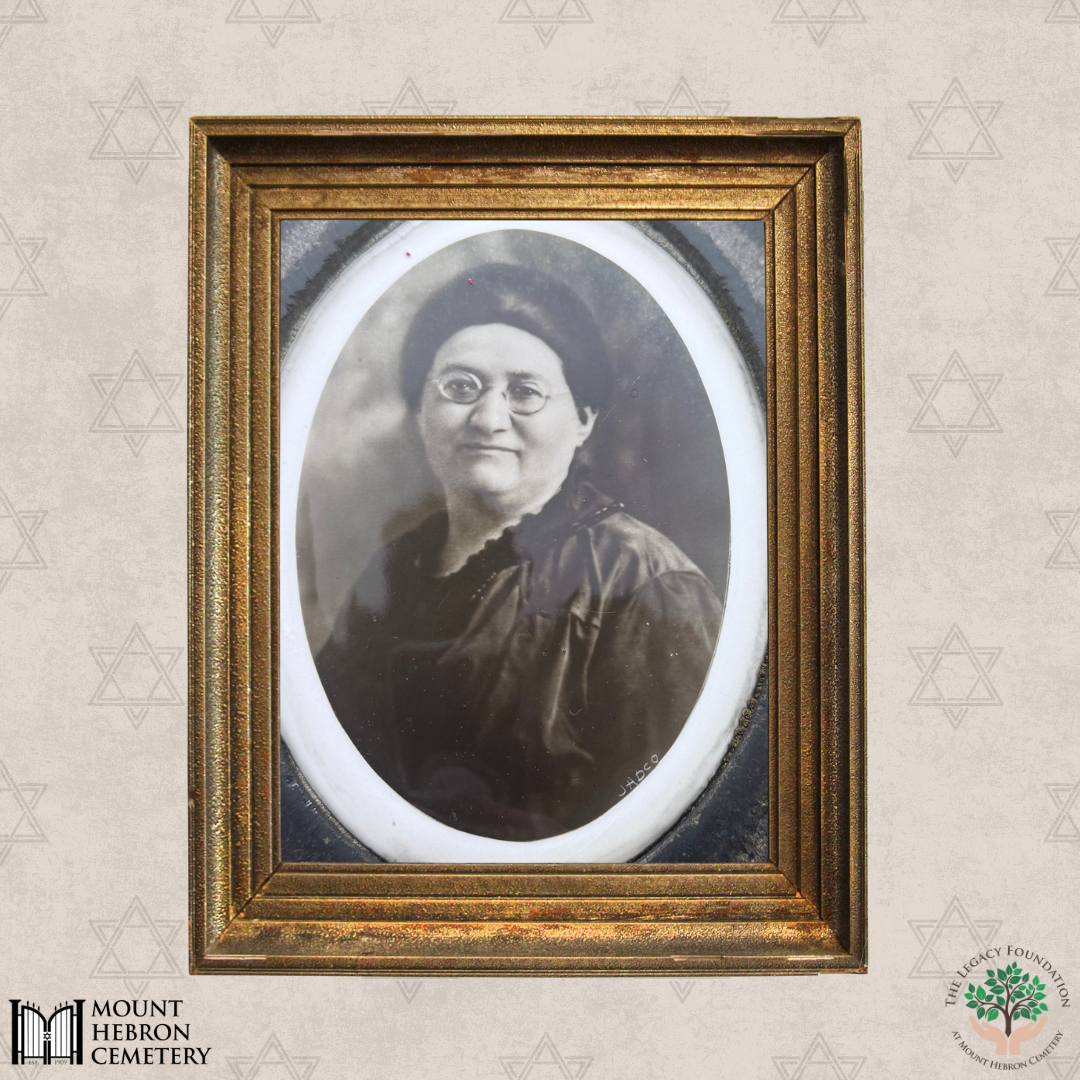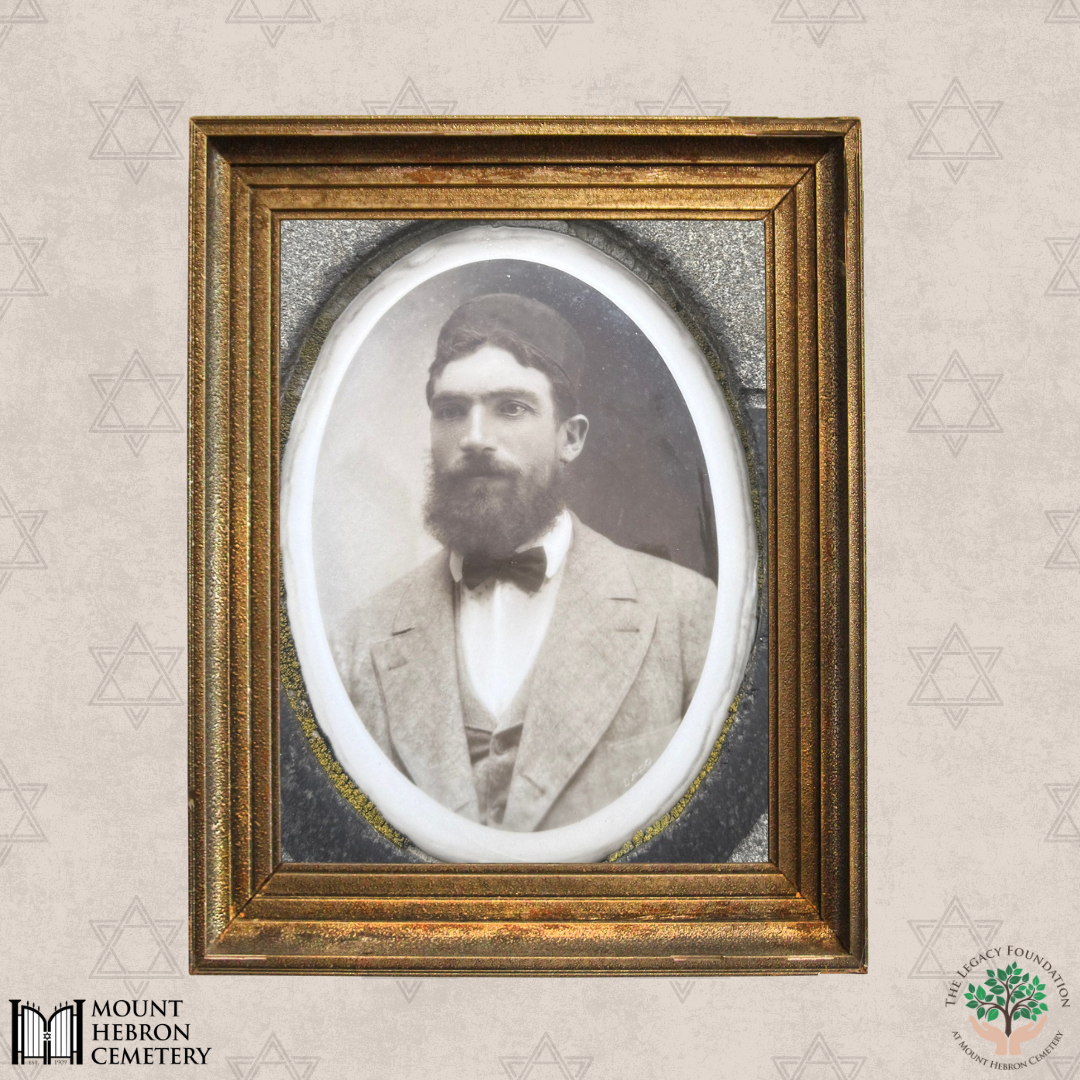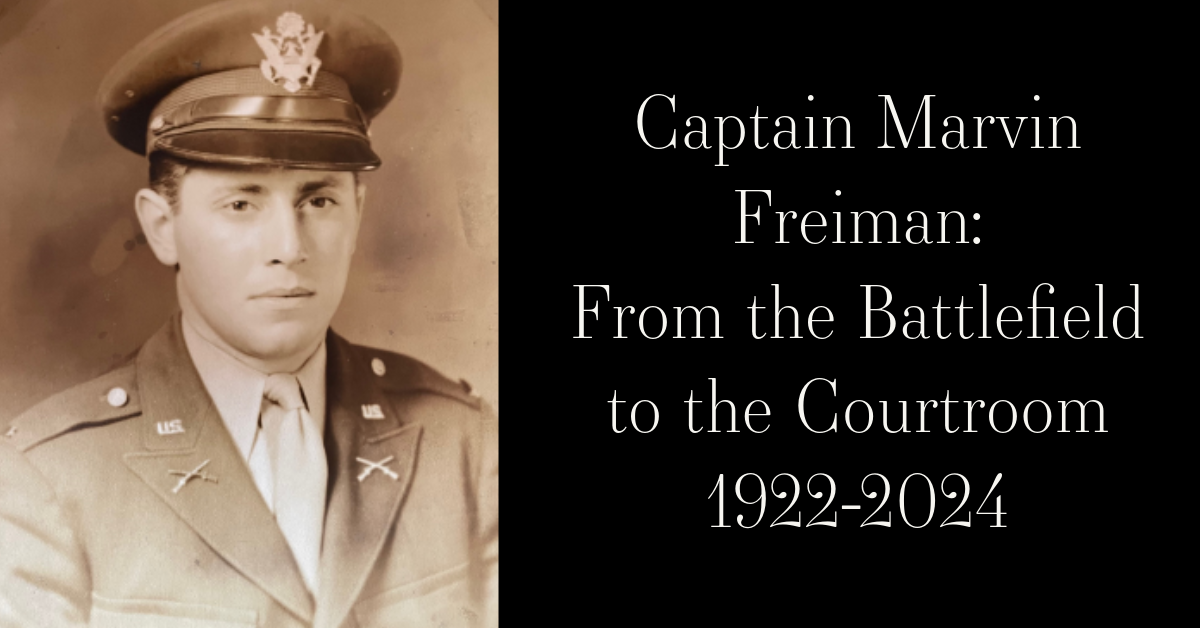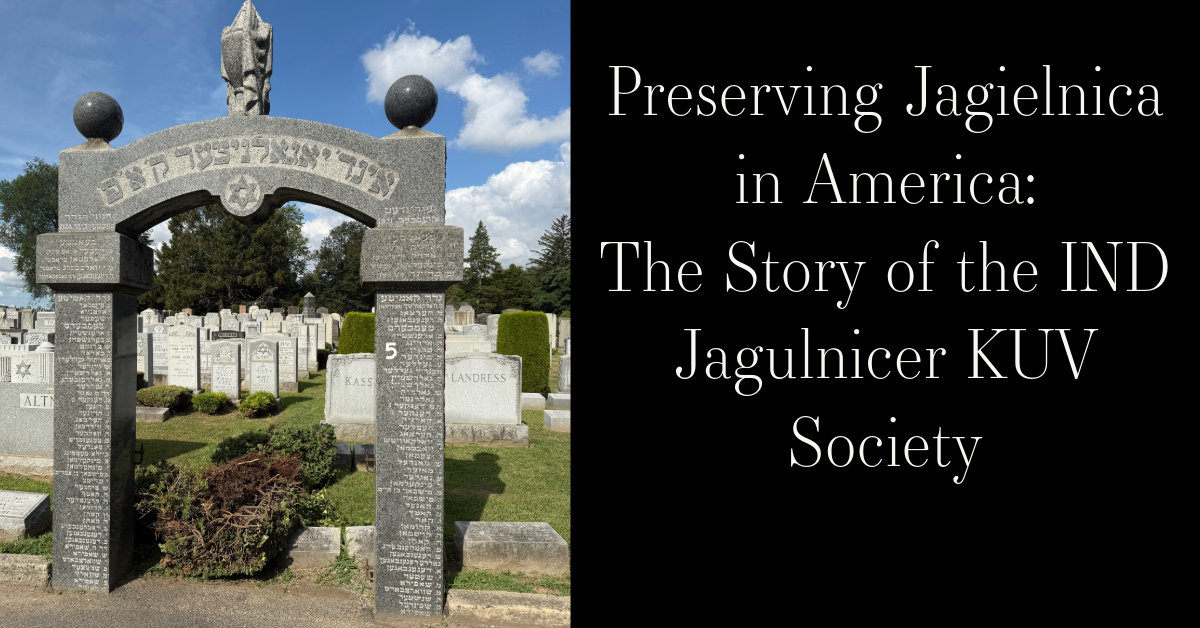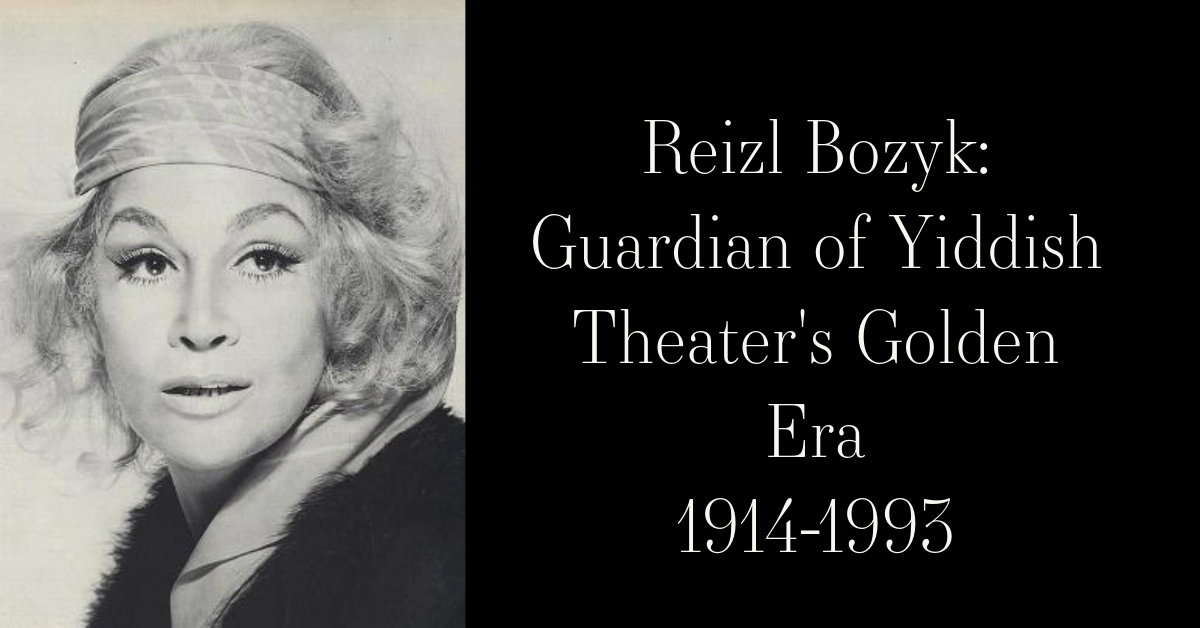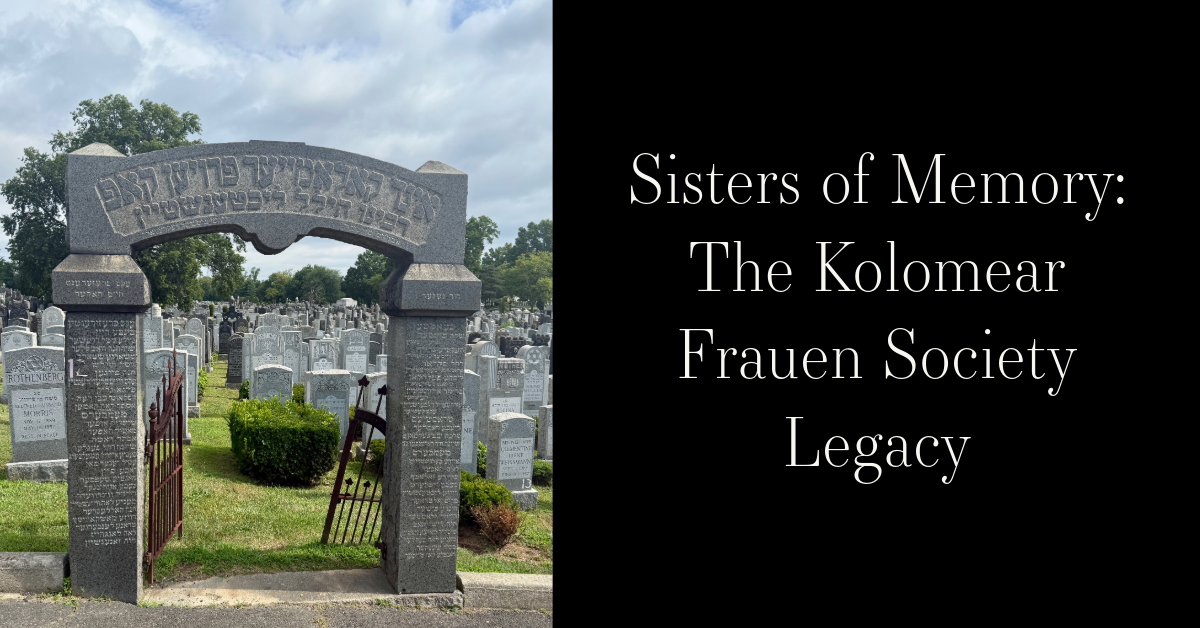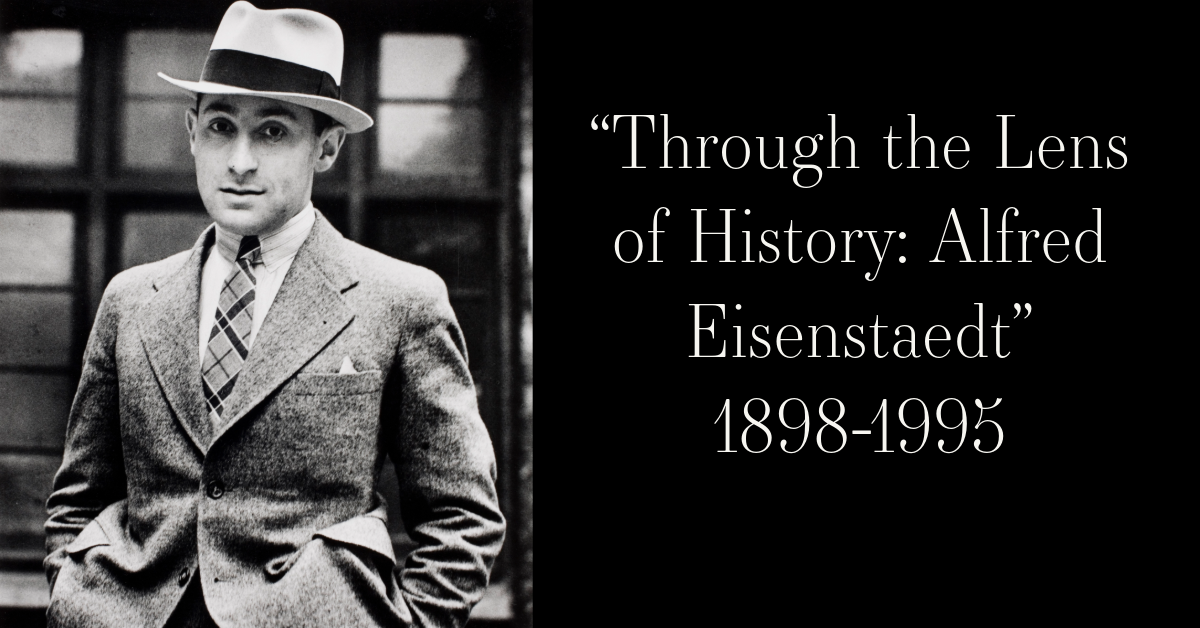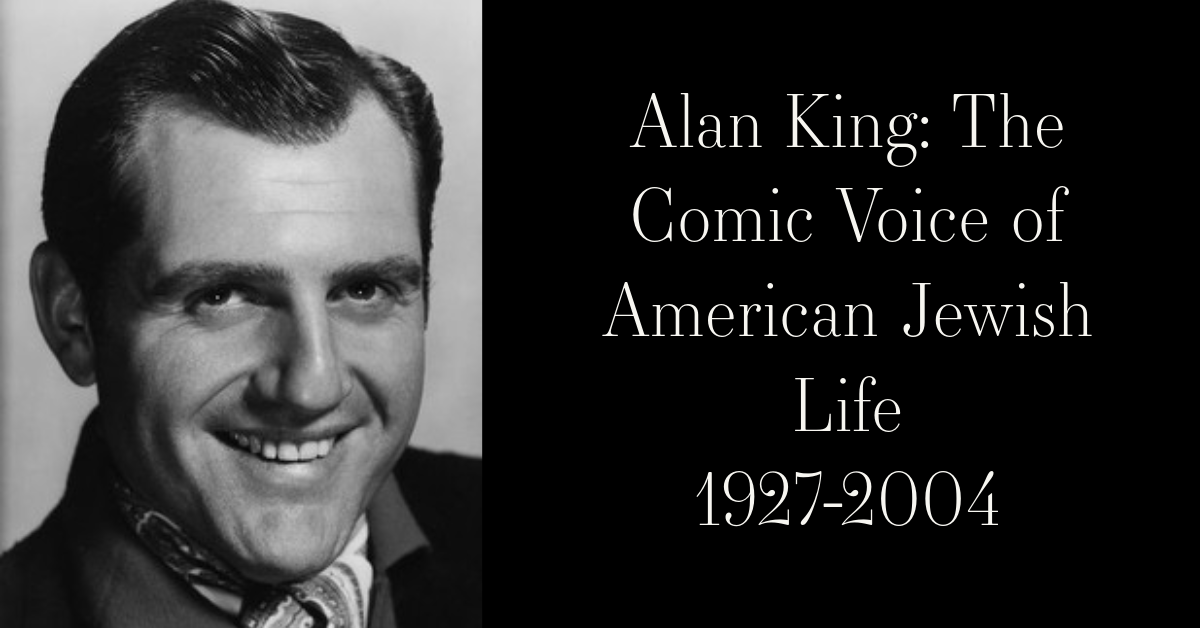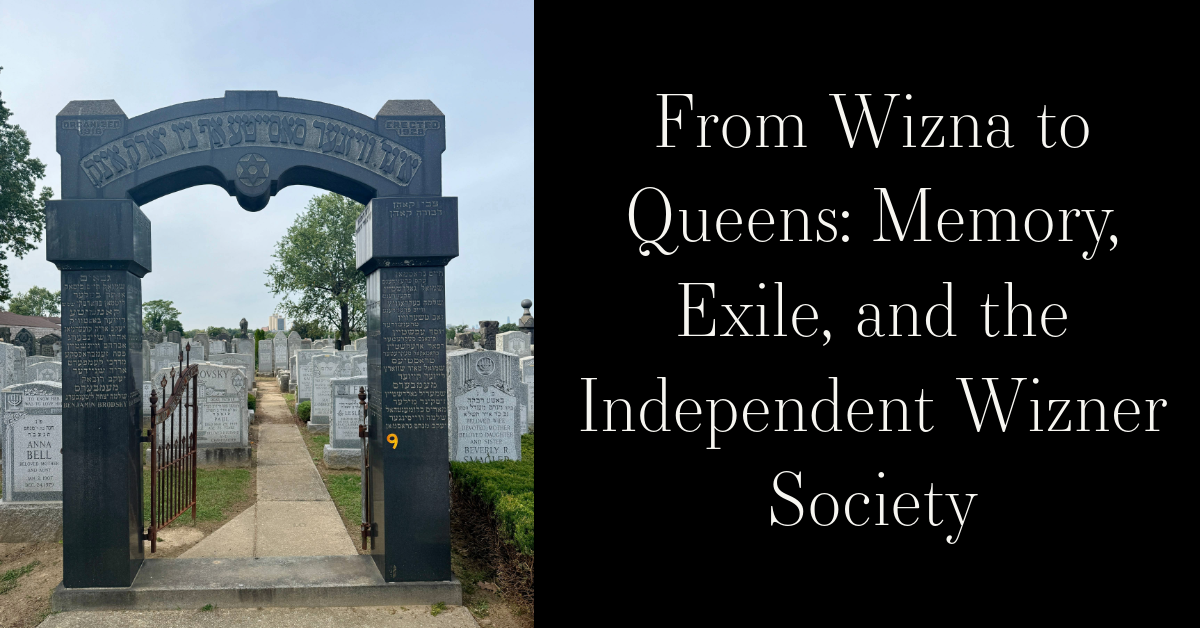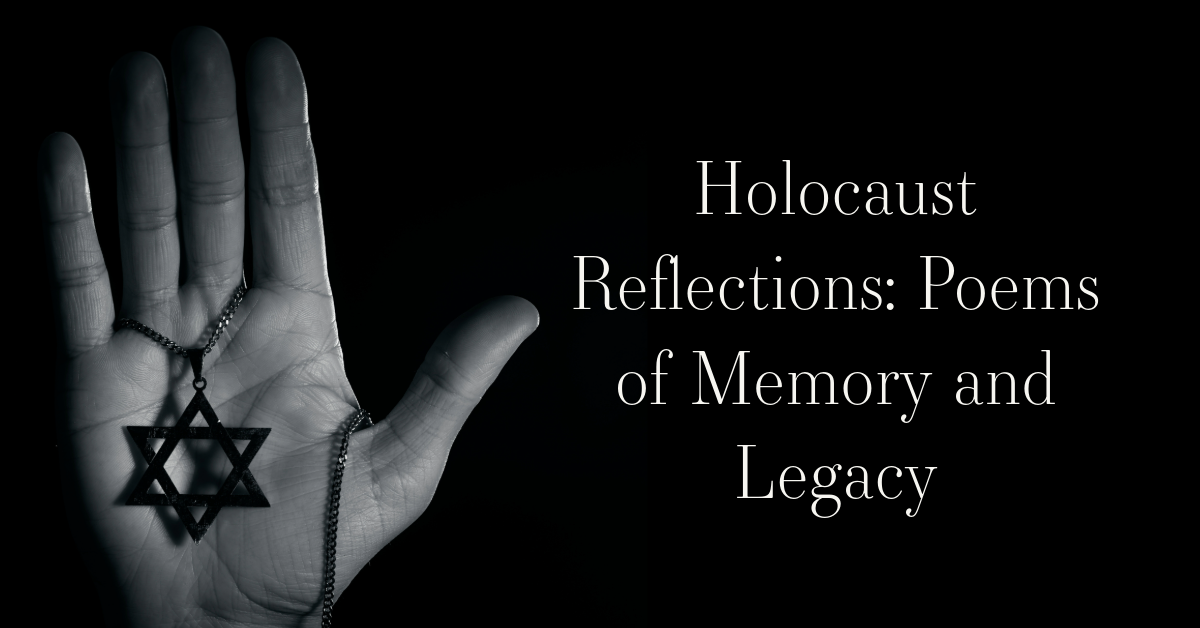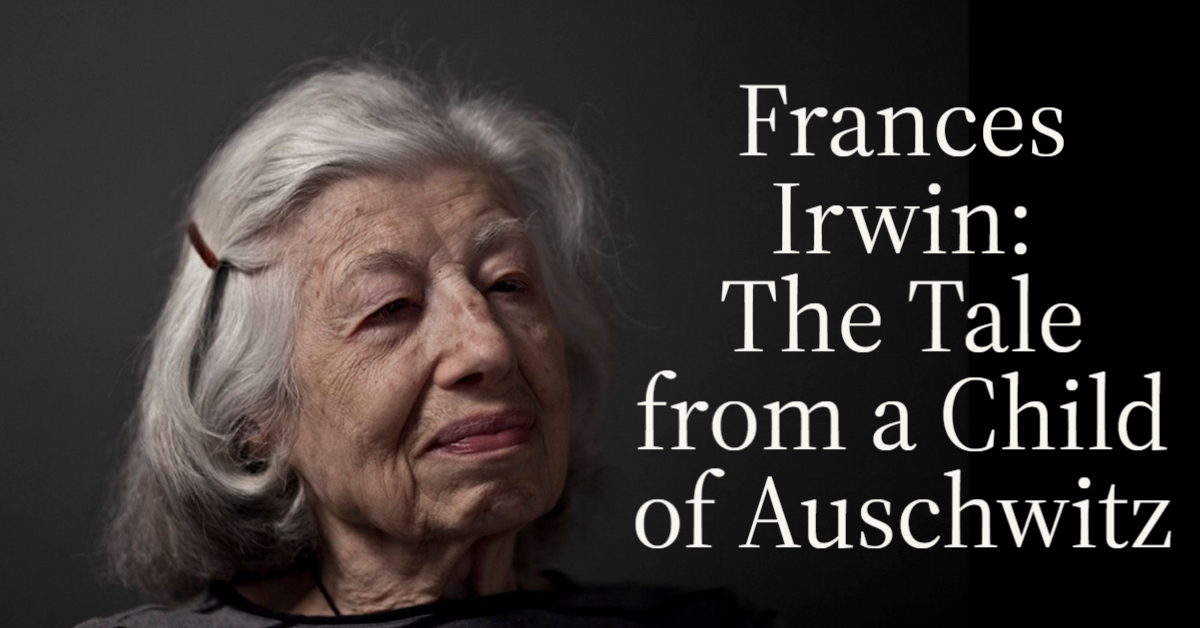Story Summary:
The Congregation Capooler Unterstitzung Verein society (a.k.a the Kapuler UV) was founded in New York in the 1890s by immigrants hailing from Kopyl (Kapoli, Kapolia, Kapulye, Kopil), Belarus (previously part of the Russian Empire). The society provided endowment funds in addition to sick & death benefits for its members. ~Blog by Olivia Scanlon
Congregation Capooler UV
The Congregation Capooler Unterstitzung Verein society (a.k.a the Kapuler UV) was founded in New York in the 1890s by immigrants hailing from Kopyl (Kapoli, Kapolia, Kapulye, Kopil), Belarus (previously part of the Russian Empire). The society provided endowment funds in addition to sick & death benefits for its members. The society also donated to multiple Jewish institutions and organizations, including the Jewish Home for Convalescence, and the American ORT (Organization for Rehabilitation through Training) Federation. It also functioned as a burial society, and used the Mount Hebron and Beth David cemeteries in Queens and Long Island, NY.
Initial Jewish presence dates to the 17th-18th century. The town was designated as an important trading center. The Jewish people were part of a larger community consisting of Eastern Orthodox Christians and Roman Catholics. In 1793, the town was annexed to the Russian Empire. The Jews worked closely with the Belarussian weavers as they helped to sell their fabrics in surrounding cities & villages. Some also worked as tailors and carpenters. The Jews of Kopyl maintained a synagogue, a mikvah (Ritual bath), and a kloiz (Jewish study hall).
The town was repeatedly devastated from three separate fires (1845, 1865, and 1886). On top of this, the community suffered greatly from rising unemployment and poverty. Despite these hardships, the Jewish community remained intact, engaging in the cultural and political activities of the period (including Socialism and Zionism). Libraries were also installed displaying various works including the Talmud, books on the Kabbalah, and philosophical works including “Kazani” (a philosophy book by Reb Yehuda HaLevi). During World War I, thousands of Jews (from Kopyl and surrounding areas) were accused of treason and other war crimes by the Russian Empire and subsequently exiled to the Russian interior. Following the war, Kopyl became part of the Belorussian Soviet Socialist Republic. The process of “Sovietization” began amid continued poverty and unemployment.
At the outbreak of World War II, there were just over 1400 Jews in Kopyl. On June 29th, 1941, German forces entered Kopyl. An early “aktion” was carried out in which twenty-six Jews were taken to a nearby forest and killed. Another “aktion” would take place shortly after, resulting in the loss of 300 souls. In July 1941, a ghetto was established in which 2000 people were forced to settle into. A judenrat (Jewish Council) and Jewish police force were quickly established. Countless were subjected to forced labor. In the fall of 1941, the Germans established a Gendarmerie post in Kopyl, which eventually took control over the local Belorussian police. On March 25th, 1942, another “aktion” was carried out by the Germans, aided by the Belorussian police and auxiliares from the Baltic states. On this day, about 2300 people were taken to the synagogue. About 1000 of them were sent back to the ghetto, while the remainder were killed. In May of 1942, about 200 Soviet partisans entered the town, inflicting a number of casualties onto the Germans. July 22-23 1942 marks the liquidation of the Kopyl ghetto. About 200 were able to escape the liquidation to which many joined the Soviet partisans, serving in the Zhukov detachment of Chapaev’s brigade. The town was liberated by the Red Army in the Summer of 1944.
http://yivoarchives.org/index.php?p=collections/controlcard&id=34094
https://muse.jhu.edu/document/3052
https://hmh.mwmdigital.com/community/74/ (Josef and Edith Mincberg are survivors - see next link for interview)
https://hmh.org/survivors/edith-mincberg/ (Mincberg interview)
https://cja.huji.ac.il/hmm/browser.php?mode=set&id=34228 (monument)
https://jcpdowntown.org/justice-justice-i-swear-you-can-hear-it/
https://www.jewishgen.org/yizkor/slutsk/slu473.html
~Blog by Olivia Scanlon




